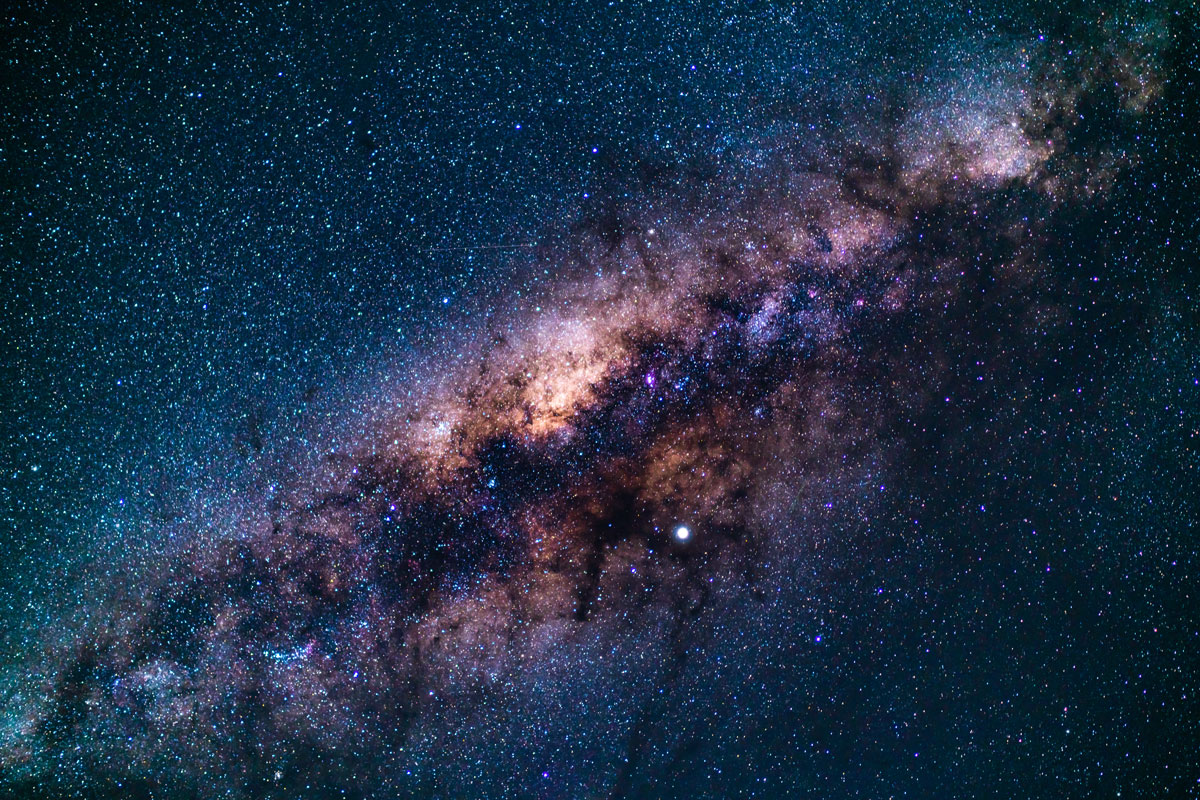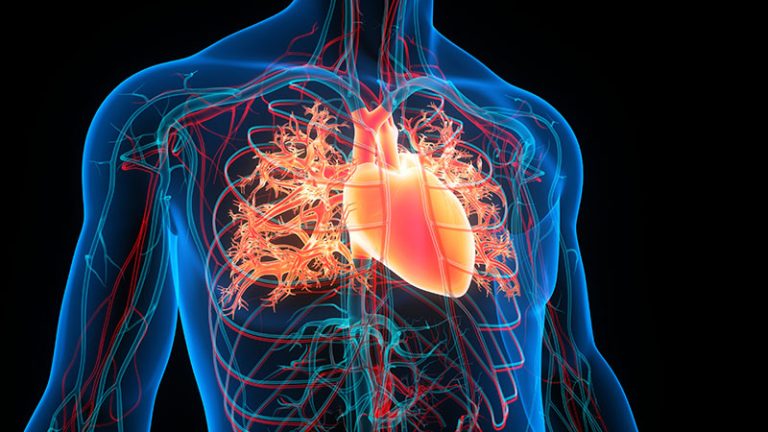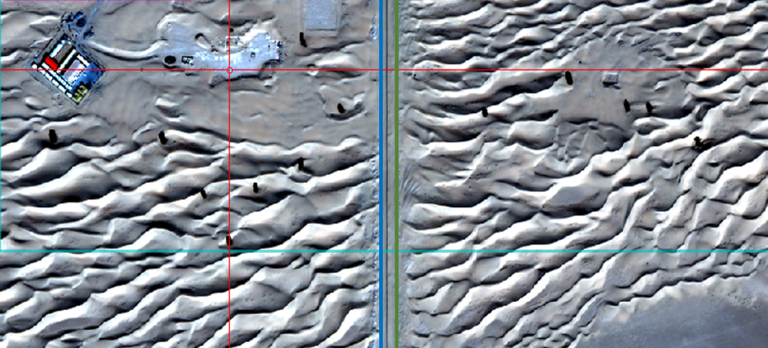Dark matter and the Milky Way
Dark matter could hold key to the nature of a recently discovered supermassive black hole.
New mathematical solutions to Einstein’s field equations, which are central to describing cosmology and astrophysics, provide interesting alternative possibilities for the black hole at the centre of the Milky Way. These solutions could indicate that dark matter may play a pivotal role.
For more than 15 years, it has been proposed that a supermassive black hole, known as Sagittarius A*, sits at the centre of the Milky Way. This finding earned physicists, Reinhard Genzel, and Andrea Ghez, the Nobel Prize for Physics in 2020. Excitingly, in May 2022, the first observations of Sagittarius A* from the Event Horizon Telescope (EHT), a global network of connected radio telescopes, were released which provide very strong experimental evidence that a black hole is indeed present with an estimated mass of 4.1 million times that of the Sun.
We hope that the existence of these gravitational objects may be confirmed or disproved with the help of the EHT.
However, the exact nature and origin of this supermassive black hole is still a mystery. One possibility being explored by mathematicians at Khalifa University of Science and Technology in the United Arab Emirates, working with physicists at the Universidad de los Andes in Columbia , is that dark matter could play an important role.
Writing in the journal The European Physical Journal C, Davide Batic, Mojahed Faraji and Marek Nowakowski, applied different dark matter profiles and equations of state to the field equations and presented a theoretical analysis of the solutions1. The outcome was the prediction that three possible new astrophysical objects could be responsible for the object at the centre of the Milky Way—a fuzzy dark matter droplet without a horizon or a black hole with either one or two horizons.
The dark matter droplet solution displays similar behaviour to a conventional Schwarzschild black hole, so could provide a plausible explanation that features dark matter.
Significantly, the different solutions have slightly varying characteristics which the EHT should be able to test for and identify. In particular, the EHT should have the capability to detect whether the shadow formed by a dark matter droplet is present.
“Some of our solutions could, in principle, replace the standard black hole picture of the galactic centre and, at the same time, have the advantage that they have been composed of the main matter ingredient of the universe [dark matter],” says Batic. “We hope that the existence of these gravitational objects may be confirmed or disproved with the help of the EHT.”
References
1. Batic, D., Faraji, J. Mojahed & Nowakowski M. “Possible connection between dark matter and supermassive black holes” European Physical Journal C 82, 759 (2022). | Article




